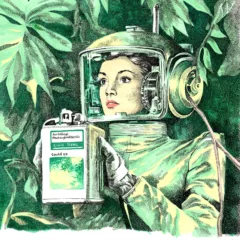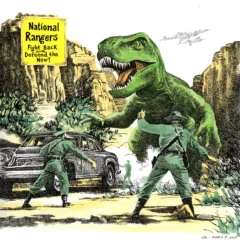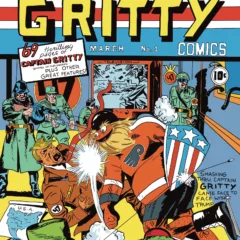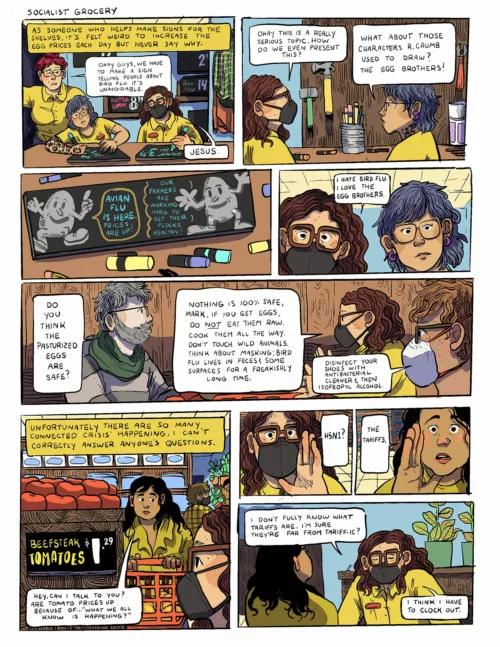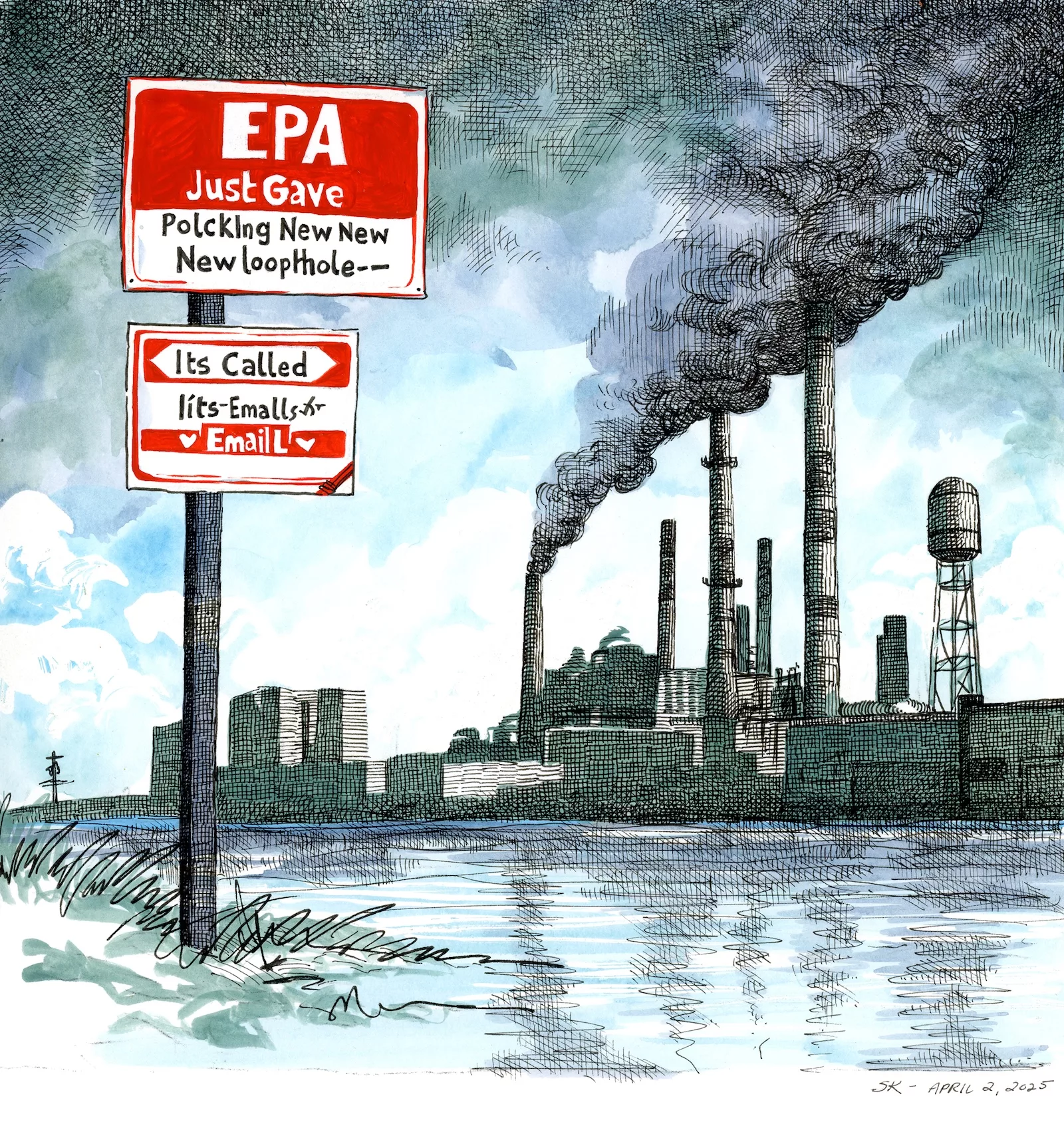
The EPA Just Gave Polluters a Shocking New Loophole—It’s Called ‘Email’
In an unprecedented yet entirely predictable turn of events, the planet continued its slow-motion collapse this week, as humanity once again flirted with environmental catastrophe while maintaining just enough optimism to keep the stock market afloat.
The energy industry was in rare form this week, as activist investors launched attacks on oil giants while simultaneously profiting from their rivals. Shell found itself in the crosshairs of Elliott Management, which took a short position in the company after doubling down on BP, proving once again that climate consciousness is best when it’s also lucrative. Meanwhile, oil executives—while maintaining their well-documented affection for drilling—were caught in an anonymous survey begrudgingly admitting that Trump’s energy tariffs might be bad for business.
While the fossil fuel industry continues to shape academic research in its own favor, Congress is scouring the couch cushions for trillions in budget cuts. Spoiler: The oil industry’s tax breaks are expected to remain untouched, despite their well-known role in funding the apocalypse.
Los Angeles surfers were left guessing what exactly was in the water this week as post-wildfire contaminants continued to flow freely into the Pacific, leading to concerns that the marine food chain is about to get a lot more “interesting.” Meanwhile, England’s sewage system set a new personal best with 3.6 million hours of spills in a single year, earning a polite nod of disapproval from government officials. Across the Atlantic, Trump rejected Mexico’s request for Colorado River water, because nothing says “international diplomacy” like dehydration.
Adding to the confusion, Utah became the first state to ban fluoride in public water, taking the bold stance that dental health is a conspiracy. Experts warn that this may be a gateway policy leading to bans on oxygen and other well-known deep-state chemicals.
As sea ice hit yet another record low, Londoners flocked to the theater to experience the climate crisis in the comfort of air-conditioned auditoriums. Meanwhile, the Southeastern U.S. prepared for a future of intensified wildfires, with one in eight Californians already residing in high-risk zones. In a move that redefines “expedited service,” California suspended environmental laws to rebuild utilities destroyed by the very disasters those laws were designed to prevent.
Not to be outdone, the Biden administration found itself locked in a battle over climate funding, with a judge blocking Trump’s attempts to reclaim $20 billion in grants for clean energy. However, with DOE projects facing cancellation and climate groups struggling to hold onto their hard-fought gains, it remains to be seen whether the green movement is winning or simply losing more slowly. Have a problem? Send an email.
On the brighter side, NOAA research is allegedly improving lives as we speak—unless, of course, its funding is slashed, in which case, good luck. New evidence on dark energy has scientists on the cusp of a breakthrough that may or may not involve rewriting the laws of physics. The Webb Telescope continued to stun researchers with images of exoplanets, as NASA’s latest lunar lander touched down with its fate still unknown.
Meanwhile, nuclear fusion—the holy grail of clean energy—remained on the horizon, eternally five to ten years away, much like true climate action. And in a rare intersection of humor and horror, an International Space Station crew member pranked a SpaceX team by pretending to be an alien, reminding everyone that space remains one of the last frontiers untouched by oil money.
As extreme weather raged on, Brisbane officials blocked fridge-sized community batteries, citing a loss of green space, leaving citizens to wonder whether having electricity was too high a price for aesthetics. At the same time, the global online shopping boom continued to strain local infrastructure, with New Yorkers realizing that, yes, their packages do, in fact, come at a price beyond two-day shipping.
And in Japan, the absence of ice on a sacred lake was interpreted as an ancient warning, but experts assured the public that as long as they continue consuming products, subscribing to loyalty programs, and ignoring long-term consequences, everything should remain just fine—at least until next quarter’s earnings report.
In conclusion, the world is burning, drowning, and running out of breath all at once, but rest assured, the financial markets remain bullish on disaster.
Chatty Geppetto’s log for April 2, 2025:
- 60 news headlines pulled from 15 different news sources via RSS on March 30, 2025. Sources include the BBC, CBS News, CNBC, Fox News, Grist, the Guardian, the Hill, Inside Climate News, Los Angeles Times, the National Oceanic and Atmospheric Administration (NOAA), the New York Times, NPR, Politico, Science Daily, and Yale Environment 360.
- 4 ChatGPT queries; estimated 8.8 g CO2e produced
- 31 MidJourney queries; estimated 58.9 g CO2e produced
- 6 hours to create the mixed media drawing; estimated 10,998 g CO2e produced. This drawing was created on vellum-surfaced Bristol paper with a painted gouache base and layered with hand-drawn pen and ink hatching.
- 3 hours to scan the original drawing and assemble and publish the digital post; estimated 93.75 g CO2e produced.
Learn more about the AT Feed process »
Read more of Sarah Kaizar’s AT Feed on Artblog


